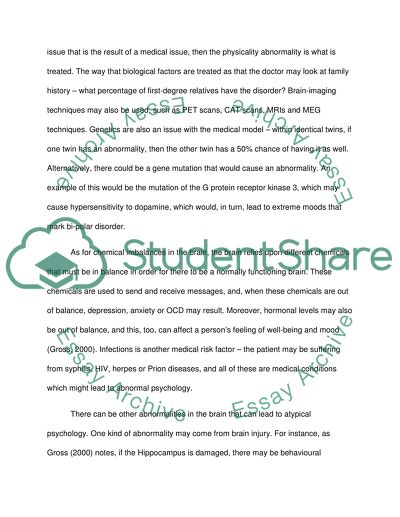Cite this document
(“Abnormal Psychology Essay Example | Topics and Well Written Essays - 2250 words”, n.d.)
Abnormal Psychology Essay Example | Topics and Well Written Essays - 2250 words. Retrieved from https://studentshare.org/psychology/1403568-atypical-psychology-diagnosis-and-classification
Abnormal Psychology Essay Example | Topics and Well Written Essays - 2250 words. Retrieved from https://studentshare.org/psychology/1403568-atypical-psychology-diagnosis-and-classification
(Abnormal Psychology Essay Example | Topics and Well Written Essays - 2250 Words)
Abnormal Psychology Essay Example | Topics and Well Written Essays - 2250 Words. https://studentshare.org/psychology/1403568-atypical-psychology-diagnosis-and-classification.
Abnormal Psychology Essay Example | Topics and Well Written Essays - 2250 Words. https://studentshare.org/psychology/1403568-atypical-psychology-diagnosis-and-classification.
“Abnormal Psychology Essay Example | Topics and Well Written Essays - 2250 Words”, n.d. https://studentshare.org/psychology/1403568-atypical-psychology-diagnosis-and-classification.


